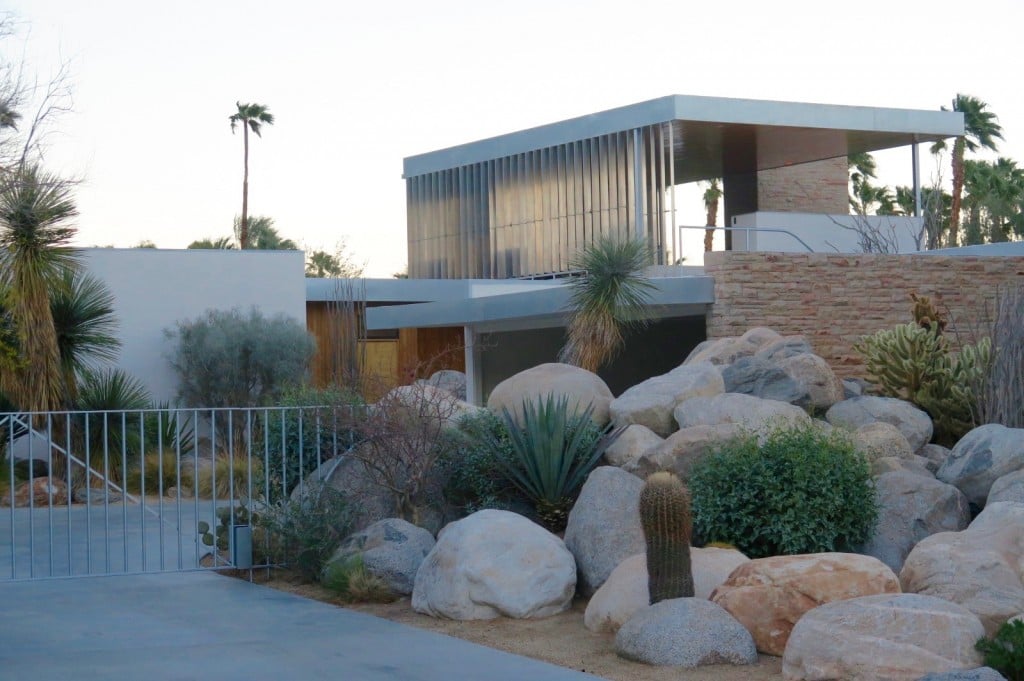Glasshouses, conservatories, and the mid-century modern enclaves of Palm Springs owe much to the invention of plate glass.
Glass windows have been with us since at least the 3rd century CE, but they were dim little shards held together by lead seams, fracturing and distorting the view, but letting in more light than a sheet of stretched pig bladder.
James Hartley, born in 1811 in Scotland, helped to change all that when he developed a process whereby glass could be rolled into smooth sheets. In the words of a quite entertaining biography, “Mr. Hartley’s active brain was ever fertile in expedients for the removal of obstacles,” and needing to grow his innovative start-up, in the age before train or road haulage, he subsequently invented a method to transport glass to London from Sunderland, his base in the North of England. Demand boomed and,
“…in 1847, Mr. Hartley became the inventor and patentee of a new kind of roofing glass, now known universally as “Hartley’s Patent Rolled Plate.” The trade at first refused to patronise this innovation, as they considered it to be, and would not order it, exhibiting in this instance the usual disinclination of people engaged in any particular branch of business, to patronise novelties in their line. But Mr. Hartley was not to be beaten, he advertised his new discovery in “roofing glass” very extensively, both at home and abroad, and in the course of a short time the patent rough plates were to be seen in all directions – in railway stations, conservatories, greenhouses, roofs and every place where light without full transparency is required.”
While it appears that he wasn’t a direct progenitor of the Hartley glasshouse-making family, it could be said that the entreprenurial James shares some responsibility for the creation of Palm Springs, California, its fabulously stylish (and now historically significant) glass walled-houses and designation as a mecca of mid-century modern design.

“Desert Modern” architects like William F. Cody, aka “The Desert Maverick”, Donald Wexler, William Krisel, and Richard Neutra, took the lead in the post-WW2 housing boom of the 1950s and 60s, and created acres of inexpensive tract housing for a burgeoning professional middle class all desiring to live graciously and, particularly in the West, to do so out of doors.

Plate glass windows were key to this lifestyle. Beginning as sliding doors onto patios and pool sides, they have morphed into window walls that don’t just open but disappear, completely removing any barrier between indoors and outdoors.

In the 1950s they did not actually build what we today would recognize as large, but their criteria did include an efficient use of resources and applied science designated to making life easier; today these honest but innovative little houses are sought-after high-dollar artifacts of a period popularized by the hit television series Mad Men, as I learned while participating in Modernism Week. This is a relatively new-to-the-scene conference: a ten-day immersion in the period, the architecture, décor, and landscape of the 1950s to late 1960s, and the dawning of a brave new lifestyle it engendered – one made possible, at least in part, by a canny Scotsman a century or more earlier, doing his bit for the industrial evolution of his time.
©text and photographs, Ethne Clarke, 2016


